|
Le Marquis de Mirabeau wishes you all a happy holiday. Olympe, Manon and Sophie are off celebrating with their own families and will be back in next year.
0 Comments
The cemetery La Madeleine was closed in the spring 1794. Its location, close to expensive houses meant that the smell of decomposing corpses was not something to be ignored. In 1815 the bones were dug out from La Madeleine and transferred to the Errancis, which had become the new depository for the victims of the guillotines. Between March 1794 and May 1795, 1119 decapitated bodies were thrown into a common grave at Errancis. 943 were killed between March and June 1794. Among the famous dead were Danton, and the Desmoulins couple: Camille and Lucille. The cemetery was erased during Haussman’s rebuilding of Paris in the middle of the 19thcentury. The bones were once again moved, this time to the Paris Catacombes. There is a plaque that marks the transfer of the Madeleine bones in the Catacombes, but does mention their stay in Errancis. If these are indeed the bones of the guillotined of the Madeleine, then in this short space it should be possible to determine which of them belong to Olympe and to Manon, and of course Charlotte Corday – except that her head is said to have been stolen and presented as a gift to Roland Napoleon ‘Prince’ Bonaparte.
The revolutionary period, in particular the Terror, was hard on the Paris graveyards. Many people died in massacres and at the Guillotine who had to buried in the already full graveyards. When the body counts started to rise, the Parisians needed somewhere to pile up their dead. The site of the church of Sainte Madeleine, first opened in the 13thcentury was located roughly where 8 Boulevard Malherbes now stands. It had a very small cemetery and a slightly larger one was built in 1690, on land that was closer to the Faubourg Saint Honore, already a posh neighborhood. In 1720, the cure of la Madeleine sold a large tract of land to be convereted to a graveyard. The graveyard was built on a large rectangle of 45 by 19 meters surrounded by a wall. It filled up slowly at first, but in 1770 it received its first mass burial. On the occasion of the celebrations of the wedding of Louis the Dauphin and Marie-Antoinette, a show of fireworks was given to the people of Paris. This was a novelty, and more scary than exciting for many. There was a crush in the crowded streets and several hundred people died. These were buried in the Madeleine. The next large scale burial happened in August 1792, when the Paris revolutionaries, assisted by the Marseillais massacred the King’s Swiss Guards. Their mutilated bodies were thrown into the Fosse Commune at the Madeleine. By then it was summer, and the smell in the neighborhood became unbearable – someone reported it at the assembly, but it was decided that the risk of false rumours of a plague epidemic was too great if a fuss was made, and the subject was dropped. The rich inhabitants of the quartier would just have to put up with it. The location of the Madeleine was also very convenient for transporting bodies from the Place du Carousel and Place de la Revolution – the guillotine’s first two locations. Légende - Au recto, à gauche sur l'image, à l'encre, inscriptions correspondant à la numérotation de l'image : "1. Fosse au fond où sont 133 corps de ceux qui ont péri / Place Louis XV, rue Royale et Porte St. Honoré le 31 mai 1770, / soir du Mariage du Dauphin, depuis Louis XVI." ; "2. Fosse près du mur du jardin Descloseaux pour / quatre Ecclésisatiques et 500 Suisses morts le 10 août 1792." ; "3. 2e. Fosse pour 500 Suisses morts aussi le 10 août 1792" ; "4. Tombeau de Louis XVI. 21 janvier 1793. / -id- de la Reine 16 8bre 1793" ; "5. Fosse de Charlotte Corday seule, juillet 1793." ; "Fosse au fond, à droite, pour le Dc. d'Orléans / et beaucoup d'autres personnes frappées / du glaive de la loi ; comblée en Xbre. 1793." ; "7. Grande fosse au pied de la maison / Descloseaux contenant 1000. / victimes, en grande partie nobles, / distinguées par leur attachement / au Roi. / Nota. Mme. Elisabet / a été enterrée à Mousseaux.". Date et signature - Au recto, en bas à droite, à l'encre brune : "copie conforme le 29 janvier 1878 LL". - From the Musée Carnavalet. Eventually, in March 1794, the Madeleine was closed and the next victims of the Guillotine were buried elsewhere. But before then, more famous bodies were entered there, including the King and the Queen, many of their supporters and family members, Charlotte Corday – who benefitted from a single occupancy plot, the twenty-two Girondins (including Brissot) who died on 31 October 1793, and of course Manon Roland and Olympe de Gouges.
During the restoration, Louis XVIII built a chapel to the memory of his brother and sister in law. Small chapels were added later to commemorate the other victims of the Revolution. Olympe de Gouges died on 3 November 1793, Manon Roland 5 days later. Sophie de Grouchy survived them and died of illness in 1822 (she didn’t live to be much older than the other two, but she died a natural death).
Her husband, Condorcet, because he’d died under an assumed name in the village of Bourg-La-Reine, had been thrown in a communal grave there. But in 1989, as part of the bicentennial celebrations, he was symbolically transferred to the Pantheon in Paris. Sophie de Grouchy had asked for her body to be disposed of in the ‘fosse commune’ and the money saved from an expansive burial to be distributed to the poor. She was in fact buried in the Pere Lachaise, then a fairly recent cemetery in the North of Paris. The Père Lachaise was not popular then because its grounds were not consecrated. But the administrators held a public ceremony during which the purported remains of Heloise and Abelard were transferred to the Pere Lachaise. This marked the beginning of the cemetery’s literary history and is possibly one of the reasons why Sophie’s relatives decided to have her buried. Her grave is, however, very simple and probably some money was still saved for the poor. Her relatives respected her atheism and she was buried without a religious ceremony. |
About
This is where I live blog about my new book project, an intellectual biography of three French Revolutionary women philosophers. Categories
All
Archives
November 2022
|

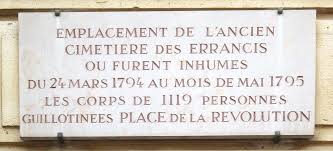

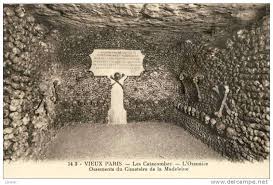
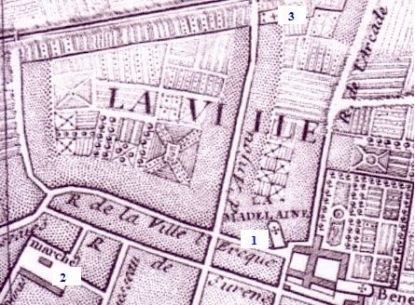
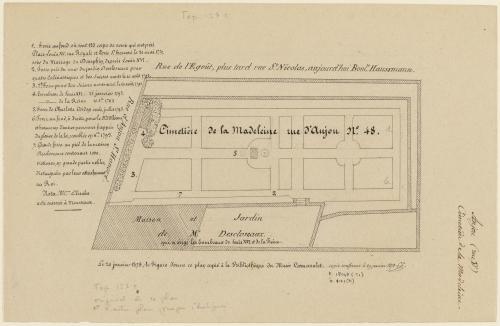
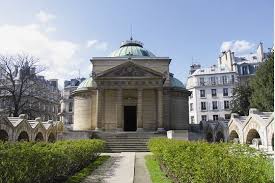
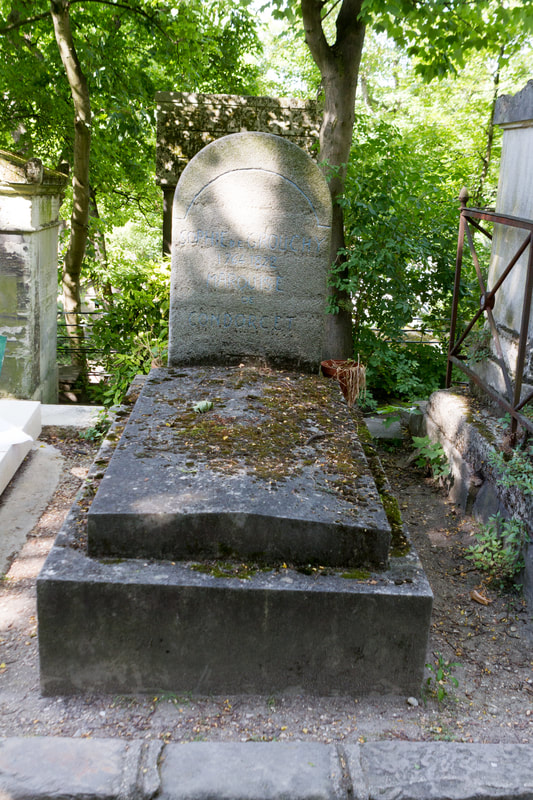
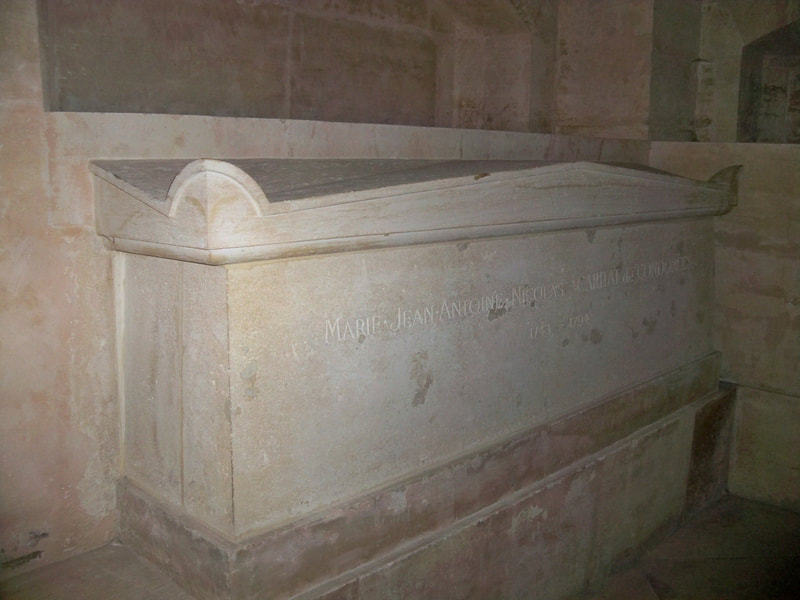
 RSS Feed
RSS Feed